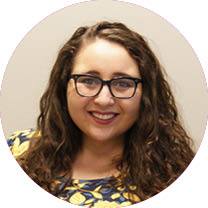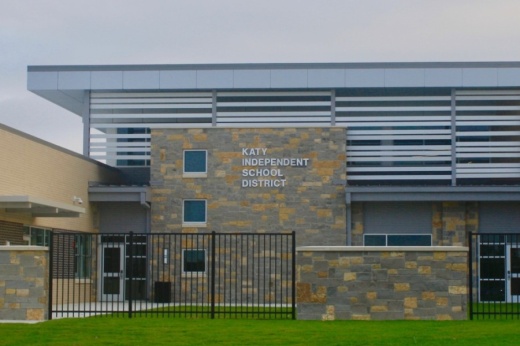Katy ISD officials mulled over the May bond election, taxes and COVID-19 at the Katy ISD Financial Update on April 8. Hosted by the Katy Chamber of Commerce, the event was led by Robert Long, the regional advocacy director for Raise Your Hand Texas—who posed questions to district officials.
While the Q&A with KISD Superintendent Ken Gregorski and Chris Smith, the district’s chief financial officer, covered a variety of topics—such as current legislation and an ongoing budget deficit—it was driven by the upcoming May bond.
According to Long, the district is poised to receive a little more than $22 million in the second round of federal funding. In round three, it should receive closer to $49 million, Long said. That money will go toward catching up students who missed certain content during the pandemic, Smith said.
“You [see] learning loss and that kind of stuff,” Smith said. “We're going to target that money as best we can toward things that get us back on track. Those kids—there were not that many of them in Katy. We did a good job of reaching out to those students and everything—but there are some things they missed in this COVID year, and we're going to target that as much as we can.”
While the federal funding should offer support, there are never quite enough funds to go around. The 87th Legislature, which began Jan. 12, has already seen a slew of unfunded bills, Gregorski said. The basic allotment—a legislatively mandated apportionment of funds that goes to each school district—has not kept pace with inflation, he said.
“As usual, [there are] dozens of unfunded mandates,” Gregorski said. “It happens every session. We're not saying they're bad bills. There's a lot of good stuff in there—but who's going to pay for it? Because at that basic allotment—if they don't change the basic allotment—there's no more money. People need to understand that unless that basic allotment changes—where is the new money coming from?”
The lack of money has even crept into the KISD budget—which is at a deficit, Gregorski said.
“Right now, due to the number of students we have, we have to adjust our revenue down,” Gregorski said. “We are running a bit of a deficit budget right now. ... We expect some of these new monies that are allocated by the federal government to help us with some of those expenditures.”
However, Gregoriski said, the May bond could offer needed relief for overcrowding KISD schools, such as Paetow and Katy high schools. The bond would help pay for three elementary schools, one junior high school and one high school—as well as new classroom technology, facility repairs, a natatorium for the new high school, and safety and security upgrades. Gregorski said the bond is separated into four separate propositions—unlike past KISD bonds that came in one line item on the ballot—due to a new state law. If the bond is passed, the district said it will not raise the current tax rate. However, if it is rejected by voters, the district will be looking at overcrowding.
“In 2025, Paetow High School is gonna have 5,000; Katy High School will have over 4,000,” Gregoriski said. “If we don’t have High School No. 10—where are those kids gonna go?”
If the bond for the new schools fails, Gregorski said the next step would have to be modifying Katy’s attendance boundaries—meaning redistricting students—to manage enrollment capacities.
“Bottom line is you have to redraw your [attendance boundary modification],” Gregorski said.





